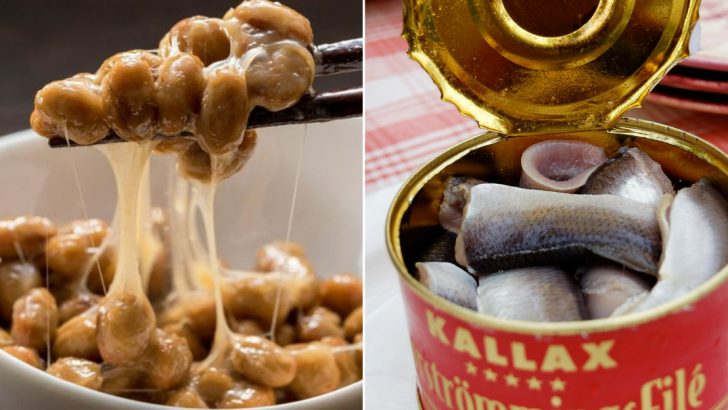Some foods may smell wild, but that doesn’t stop people from loving them. Across the globe, bold eaters embrace dishes that make noses twitch. These are the kinds of meals that spark curiosity and sometimes even controversy.
Whether fermented, aged, or just naturally pungent, these stink bombs are worth knowing about.
1. Surströmming
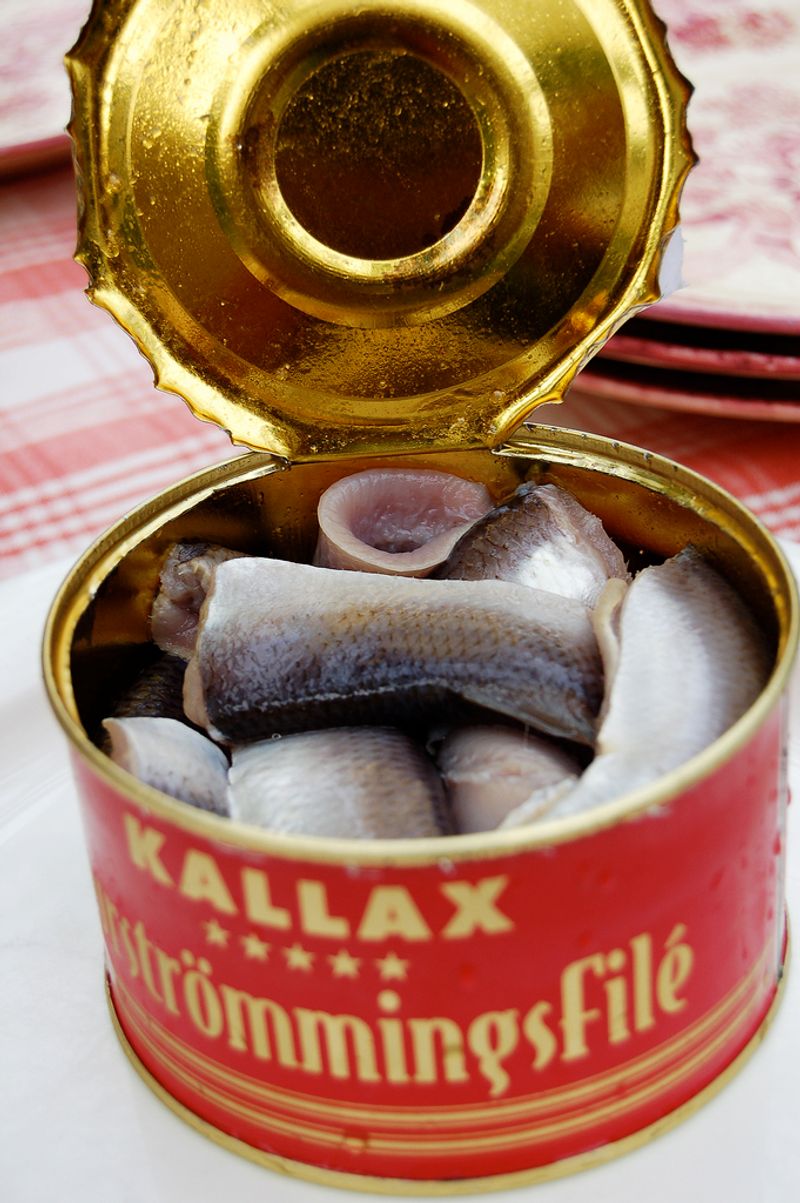
This infamous Swedish delicacy begins with Baltic herring that’s fermented for months in brine, producing a notoriously sharp aroma. Once opened, the can releases a wave of sour, rotten egg-like scent that’s strong enough to clear a room.
Despite the smell, locals pair it with thin flatbread, potatoes, and onions to balance the flavor. It’s more tradition than treat for most, but brave palates swear by its tangy, salty intensity.
2. Stinky Tofu
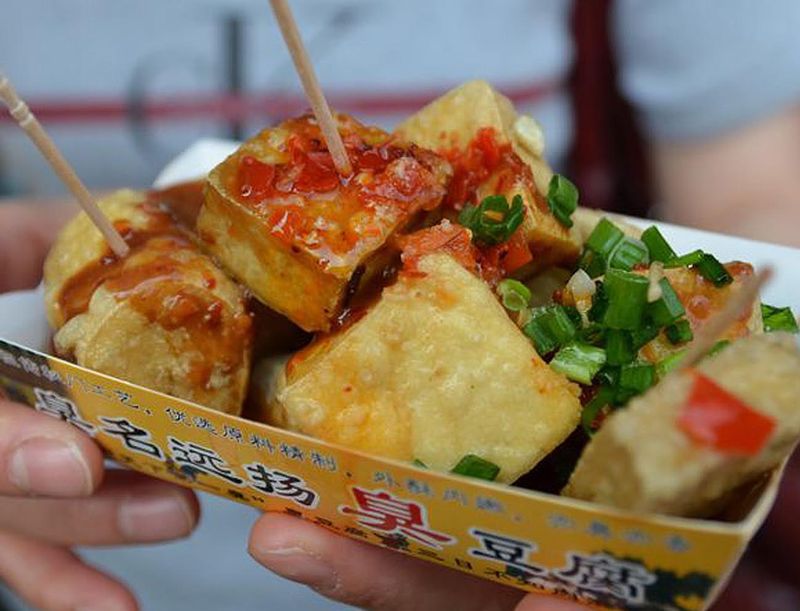
This street food classic is tofu fermented in a brine of milk, vegetables, and sometimes meat, for days or even weeks. When deep-fried, it smells like garbage juice with a whisper of manure.
But the crunchy exterior and creamy interior have fans lining up for more. Often served with pickled cabbage and spicy sauce, it’s a beloved late-night snack across Taiwan and parts of China.
3. Natto
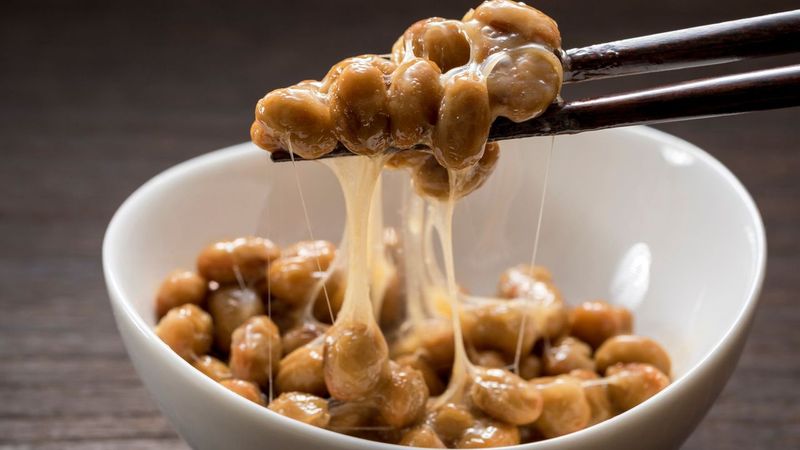
Made from fermented soybeans, natto has a sticky texture with long, stringy strands that stretch like melted cheese. Its smell is earthy, sweaty, and slightly ammonia-like.
Some love its umami-rich funk, while others gag at first whiff. It’s typically eaten for breakfast in Japan, served over rice with soy sauce and mustard.
4. Durian
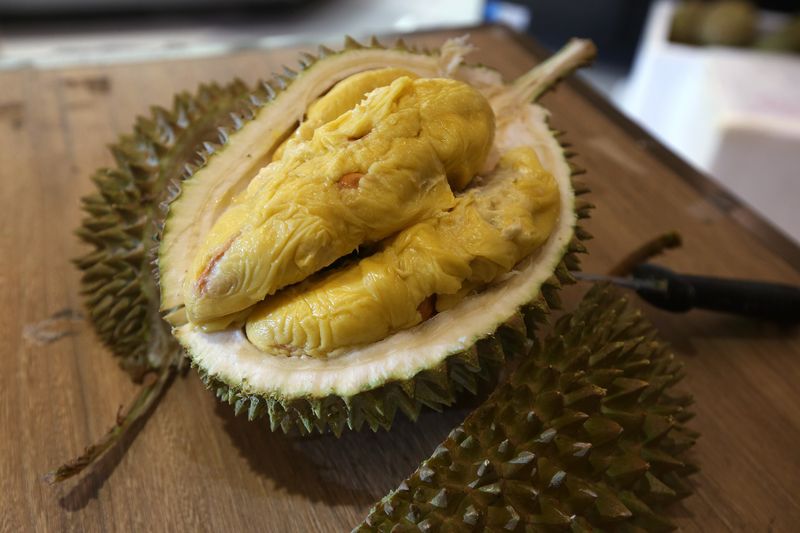
Durian’s thick, spiky shell hides soft yellow flesh with an aroma often compared to raw sewage and sweet onions. Its scent is so strong, it’s banned on many forms of public transportation.
Yet fans adore its custard-like texture and rich, almond-vanilla taste. To many in Southeast Asia, durian is the “king of fruits,” stink and all.
5. Hákarl
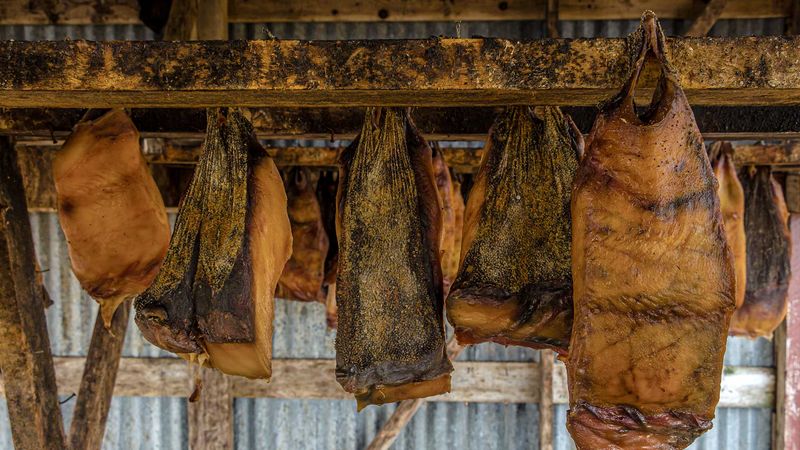
Hákarl is Greenland shark that’s been buried, fermented, then hung to dry for months. The result smells of ammonia and dead fish.
Icelanders serve it in tiny cubes, sometimes with a shot of Brennivín to help it go down. It’s considered a rite of passage for visitors.
6. Limburger Cheese

This soft, washed-rind cheese releases a strong odor often likened to sweaty feet or damp gym socks. The smell comes from bacteria that thrive on the rind during aging.
Despite that, its interior is creamy and mild, making it a surprise hit on rye bread with onions. It’s a traditional snack in Germany, Belgium, and parts of the Midwest USA.
7. Century Egg
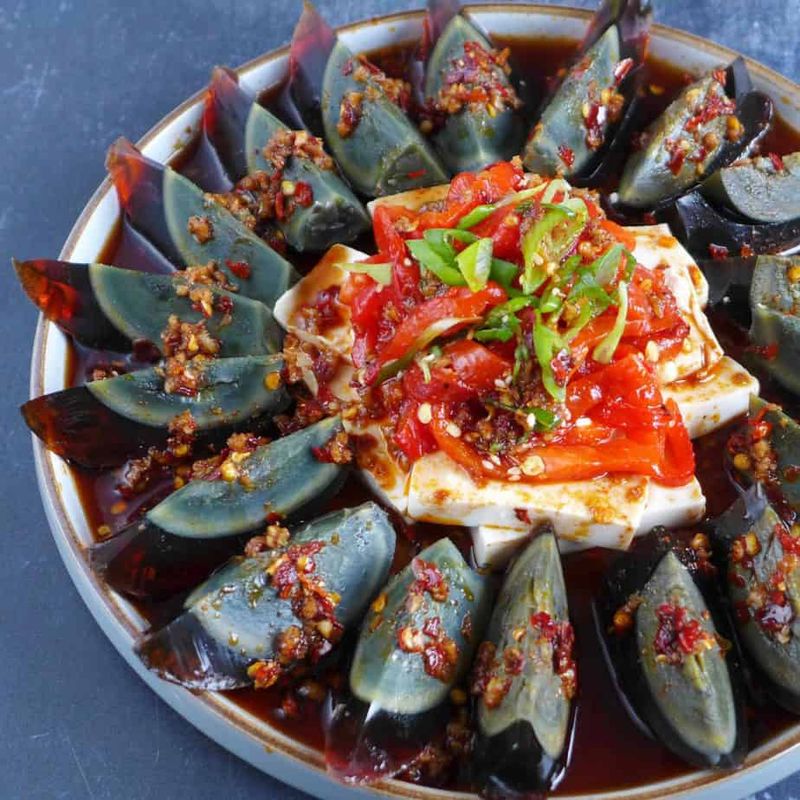
These preserved eggs are aged in clay, ash, and salt until the whites turn black and the yolks go greenish-grey. Their aroma is sulfuric and pungent, like ammonia and wet soil.
Often sliced and eaten with pickled ginger, they deliver a rich, creamy punch. It’s a bold flavor that’s deeply rooted in Chinese culinary heritage.
8. Iru
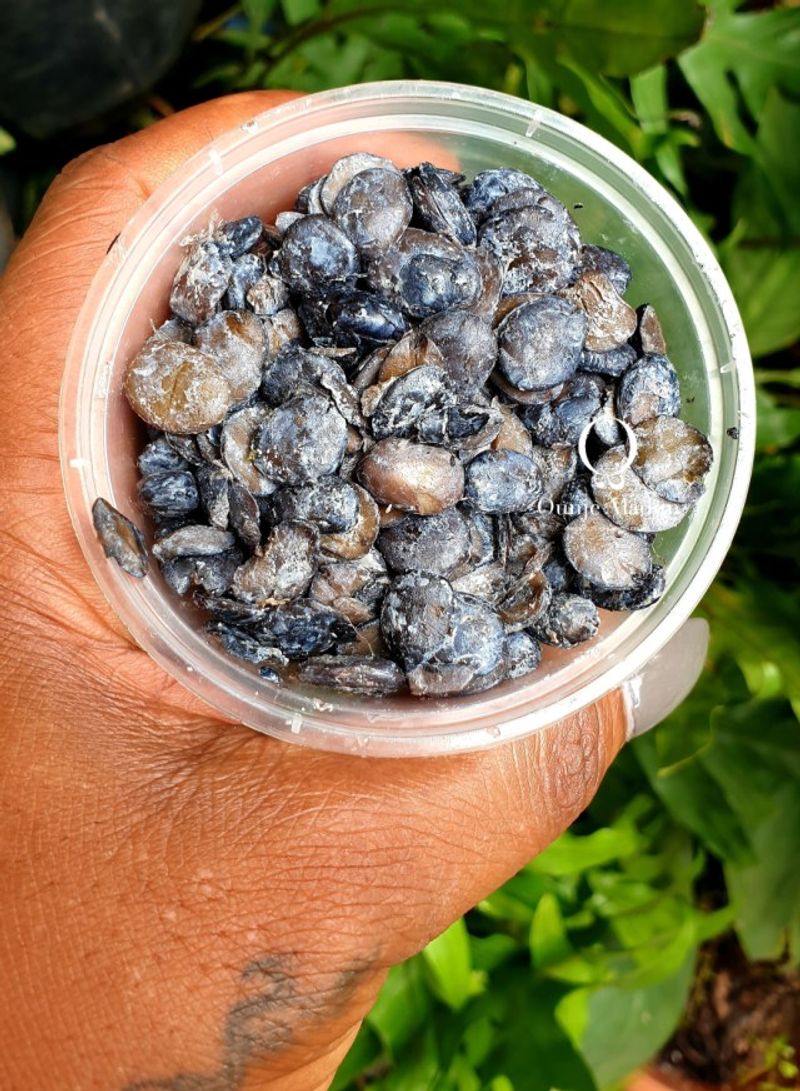
Iru is fermented locust beans, used as a seasoning in soups and stews across West Africa. Its aroma is sharply pungent, like overripe cheese left in the sun.
Despite its aggressive smell, it brings deep umami and earthiness to dishes like egusi soup or ogbono. It’s a staple of Yoruba cooking.
9. Kusaya

Kusaya is dried, fermented fish soaked in a decades-old brine that smells strongly of rotting ocean. The scent can linger in the air long after it’s been grilled.
Still, it’s a prized delicacy on the Izu Islands. Locals love the salty punch and chewy texture, often paired with sake.
10. Andouillette

This coarse sausage is made from pork intestines and stomach, emitting a barnyard aroma that’s hard to forget. Its scent comes from the very ingredients that give it texture and richness.
French food lovers enjoy it grilled, sliced, and served with mustard. It’s especially popular in Lyon and Troyes, where it’s a point of pride.
11. Rakfisk

Rakfisk is freshwater trout that’s salted and left to ferment in barrels for months before being eaten raw. The smell is rank—like sour fish mingled with wet dog.
Norwegians typically enjoy it with flatbread, sour cream, and onions. It’s especially popular during the holiday season, despite—or perhaps because of—its challenging aroma.
12. Kimchi
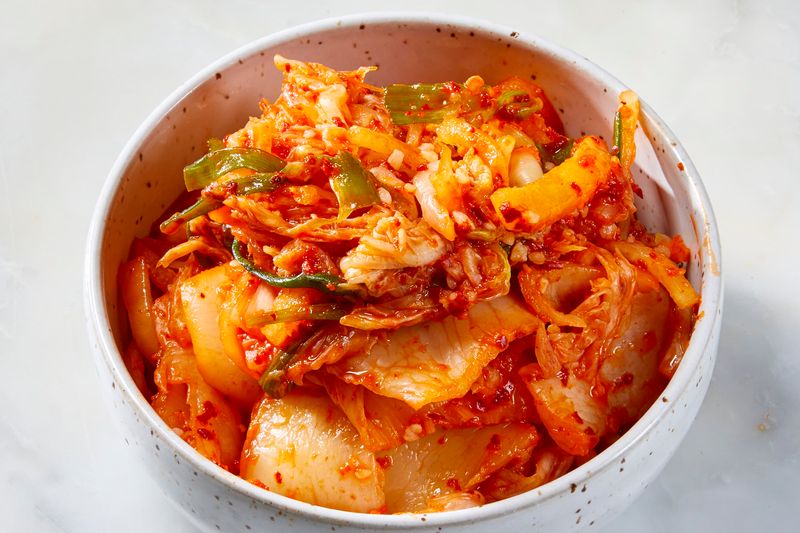
This spicy fermented cabbage dish carries a bold smell that combines garlic, chili, and aged vegetables. It’s tangy, sour, and deeply savory.
The scent only intensifies as it ages, yet it’s considered a national treasure. It adds punch and probiotic power to Korean meals, from soups to stews to fried rice.
13. Fermented Bamboo Shoot
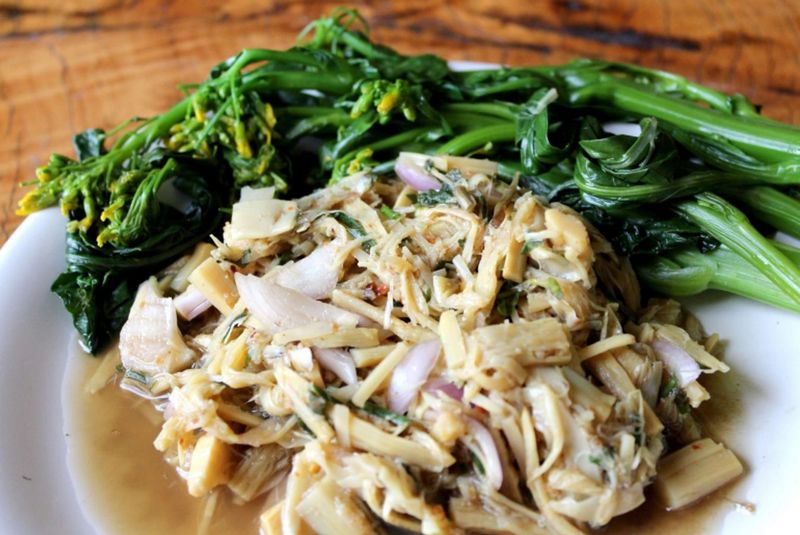
Known locally as “khorisa,” these bamboo shoots are pickled and fermented until they smell like wet hay and strong vinegar. Their tangy funk can be surprising to newcomers.
Used in chutneys, stews, and fish curries, they offer sharp acidity and earthy depth. For many, it’s an essential ingredient that elevates humble home cooking.
14. Epoisses De Bourgogne

This French cheese is so pungent it was once banned on public transport. The rind is washed in brandy, encouraging powerful bacterial aromas.
Inside, it’s gooey and buttery with layers of funk and fruit. It’s best enjoyed with a crusty baguette and courage.
15. Tiet Cahn
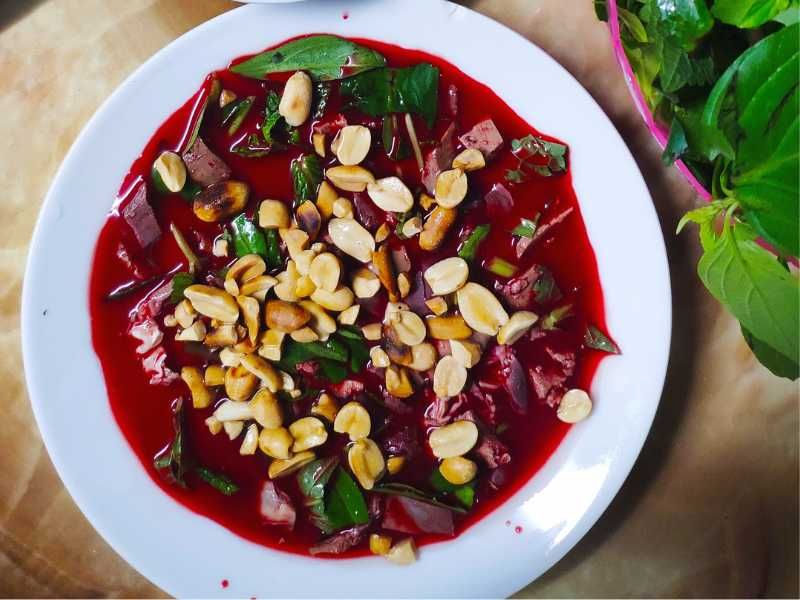
Tiet Cahn is a raw blood pudding made from duck blood, seasoned and served in a cold jelly-like form. The iron-heavy scent is unmistakable.
Typically eaten with peanuts, herbs, and fish sauce, it’s not for the faint of heart. But it holds cultural significance and is still served during special gatherings.
16. Casu Marzu
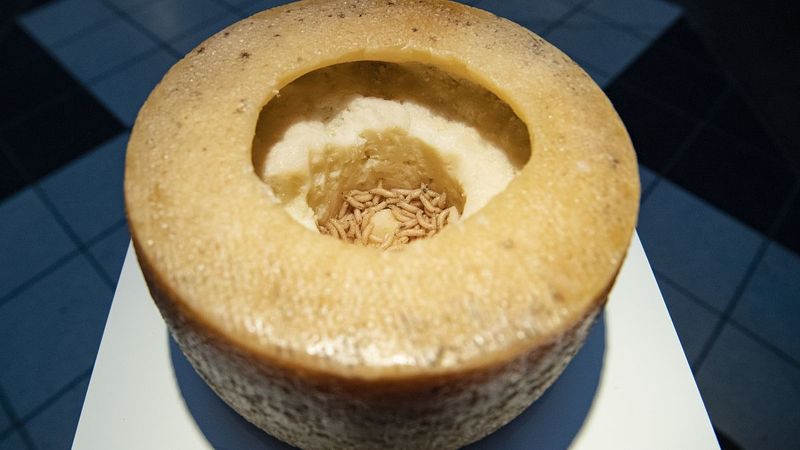
This infamous Sardinian cheese is deliberately infested with live fly larvae, which digest the fats into a creamy, weeping mess. Its smell is pungent, sour, and bordering on decay.
Despite bans, locals cherish its bold flavor and rustic heritage. Served with bread and a brave heart, it’s the daredevil of dairy.
17. Fermented Skate

Skate is allowed to ferment until it releases a nose-burning stench of ammonia, not unlike industrial cleaning fluid. Its texture is chewy, almost rubbery, with an oddly refreshing finish.
Typically wrapped in lettuce with pork belly and kimchi, it’s a sensory challenge with a devout following. The scent might offend, but the taste wins loyalty.
18. Chou Doufu Hot Pot
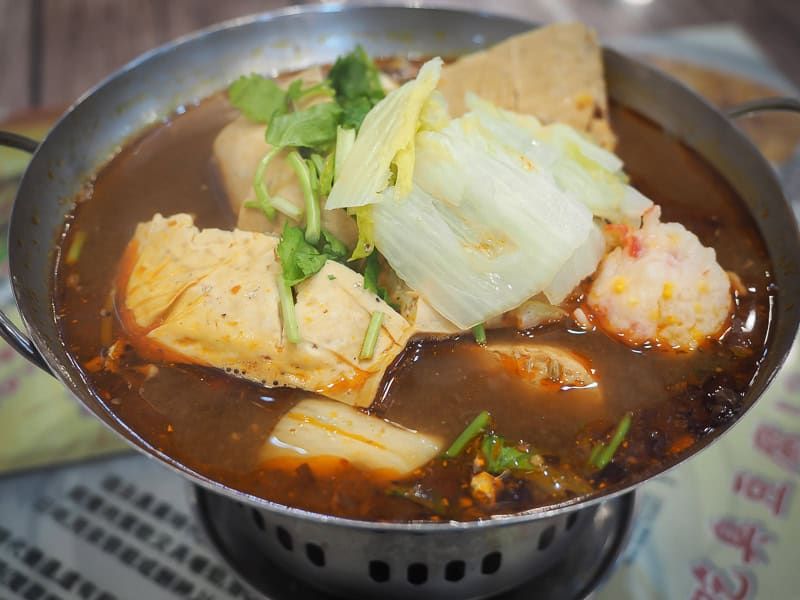
Stinky tofu’s sulfuric aroma intensifies when it’s simmered in hot pot broth, creating a cloud of aggressive funk. The broth becomes deeply flavorful, enriched by fermented depth.
The tofu’s crispy skin softens in the soup, soaking up savory notes. Devotees swear by the bold richness it adds to each bite.
19. Doenjang
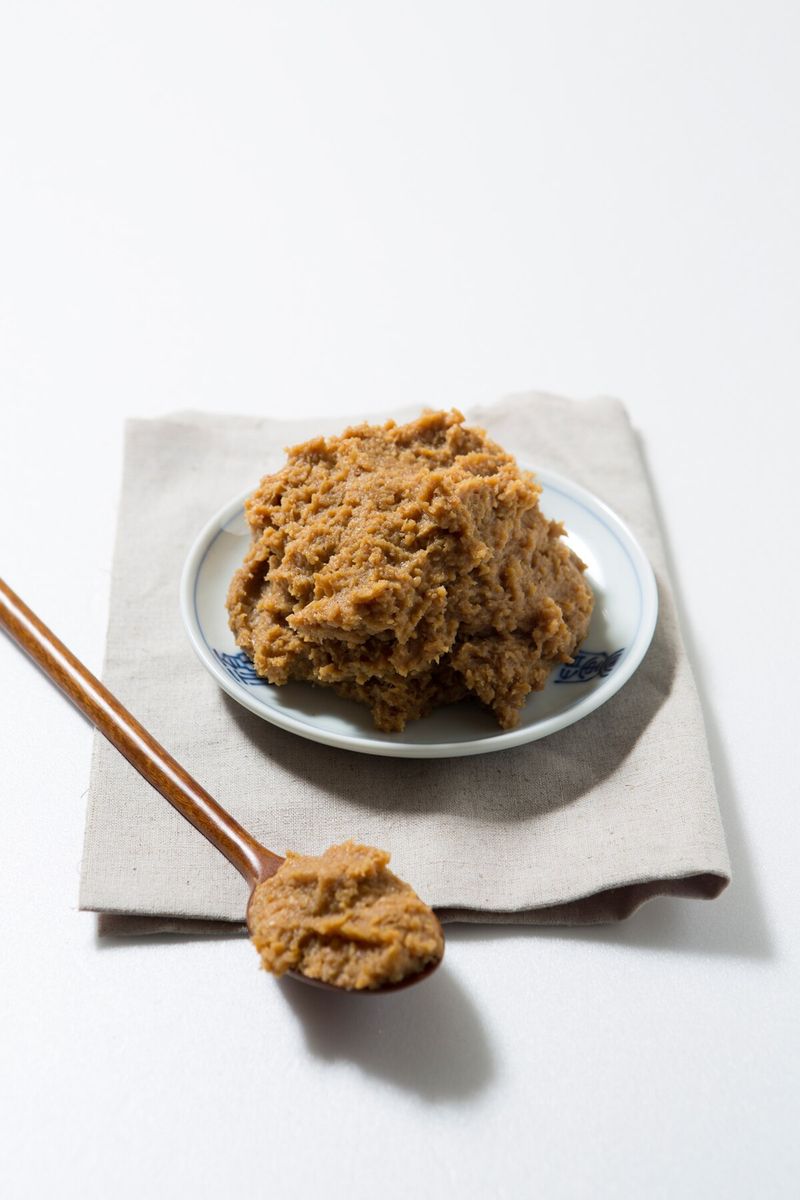
Aged in clay pots, this fermented soybean paste smells like damp earth and old barns. Its flavor is intense, deeply salty, and nutty.
Used in stews, marinades, and dipping sauces, it’s a Korean pantry staple. What seems overpowering at first becomes pure comfort when cooked.
20. Tripes A La Mode De Caen
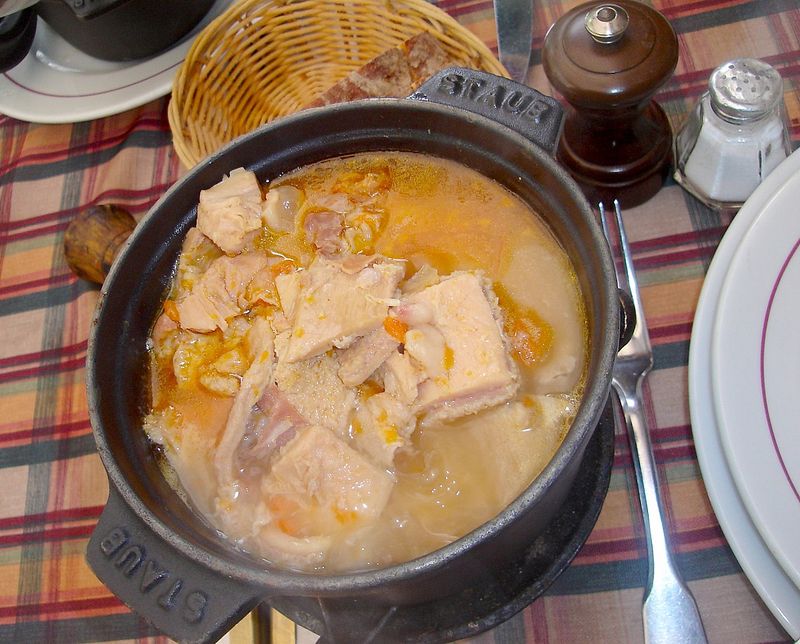
This Norman dish braises cow stomach with cider, onions, and spices for hours until meltingly tender. Its aroma, however, remains animalic and rustic.
Despite the barnyard scent, the result is elegant and hearty. Served with crusty bread, it’s a lesson in transforming offal into art.
21. Fermented Herring
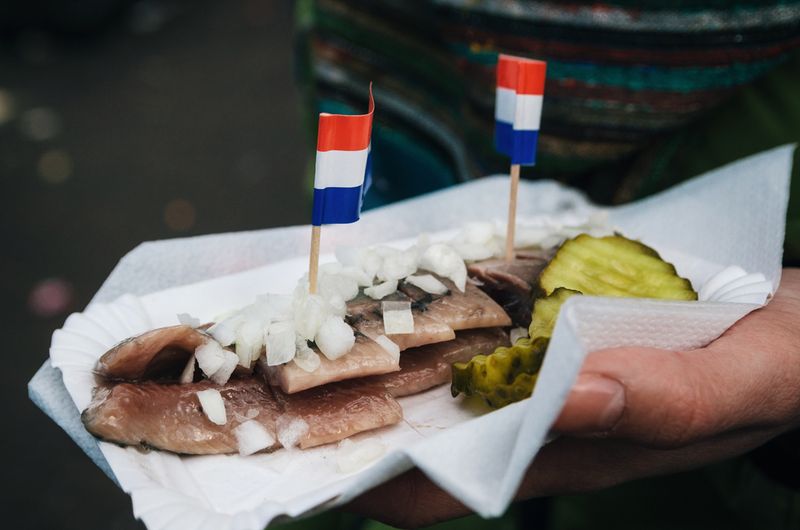
This lightly cured herring is tangy, slippery, and strongly scented with the sea. It’s fermented just long enough to spark a sharp aroma.
Eaten whole with raw onions and pickles, it’s a street food tradition. Locals love its briny bite and nostalgic flavor.
22. Salted Fish

Sun-dried and salted to the extreme, this fish releases a bold, brackish aroma when fried. The scent lingers like smoke through a kitchen.
Served with garlic rice and a splash of vinegar, it’s breakfast for millions. The smell might alarm guests, but the taste comforts generations.

